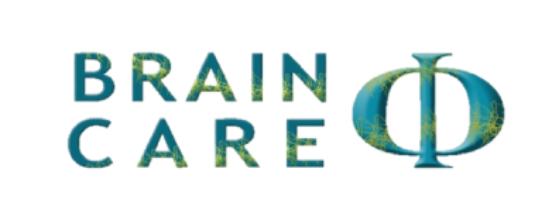
qEEG and Neuromodulation - FAQ
Put simply, neuroplasticity is the capacity of the brain to heal itself by finding new neurological paths. qEEG has existed and evolved for decades, with rapid technological advances improving our understanding of the brain functioning.
Am I eligible for Brain Mapping?
Anybody can be eligible for Brain Mapping, however not everybody needs one. A qEEG assessment is better indicated for persisting conditions, especially when they have a negative impact on an individual’s capacity to lead a productive, healthy life in the longer term. For temporary life difficulties, perhaps counselling alone is the best course of action. A psychologist will be able to suggest the best choice for you.
How is a qEEG Assessment conducted?
Our team members will indicate how you need to prepare, for example whether you can drink coffee or take medications the day of the assessment. Normally a patient needs to come to the clinic free of makeup and hair lotions, which may disrupt the electrodes’ connectivity. The process is pain-free and non-invasive , meaning the patient will wear a cap with electrodes, and sit with eyes open or closed for a few minutes while the clinician captures the reading for a few minutes. While the reading itself is short, the consultation will normally go for about two hours. The only ‘discomfort’ may occur from gel residue in your scalp after the assessment, resulting only in a ‘bad hair’ day. Often Brain Mapping will be performed in combination with a cognitive assessment, needing another two hours at the clinic. They can be done together on the same day, or independently in separate sessions.
I have had a qEEG Assessment done, what’s next?
It may take a few days to get your results completed at the clinic. Once they are done, your clinician will explain what they mean. Your unique results will be the basis to determine an individualised Neurofeedback protocol applicable to you, including number of sessions, duration of each, and their frequency.
I have had a qEEG but I have doubts about Neurofeedback
Completing a qEEG assessment doesn’t necessarily mean that you should complete Neurofeedback therapy. Brain Mapping indicates imbalances in the pshysiology of the brain, but there are other therapies available to manage the associated symptoms. While we recommend a combined approach, psychotherapy alone can be an effective method to address them.
If you have not done so, please read about the core concepts of qEEG (aka Brain Mapping) or learn how we process both the assessment and the therapy at Brain Care. Otherwise, please keep reading our FAQ section.
Why Brain Care?
We have been practicing neurofeedback for 17 years, and as part of our approach, we have maintained close relationships with several associations dedicated to the research and development of this therapy in Australasia. We also work with several of the world’s leading experts in this area, and the latest tools developed by available technology. Our most senior psychologist is an approved supervisor of Neurofeedback Practitioners in NSW, and has made several publications about the subject.
Contact Us


